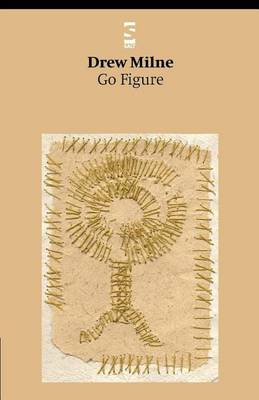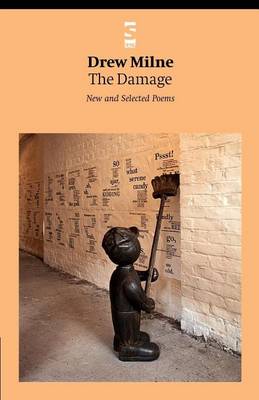Salt Modern Poets
2 total works
Hamlet famously found himself ill at the numbers of poetry. These poems are no less ill at ease with the metrical or geometrical principles which constrain their movements, though freedom from maths is hard won. While Milne's earlier poems have a reputation for opacity, the aphoristic prose poems which make up `Aftermaths', the book's concluding afterword, offer a blisteringly explicit account of the book's arguments. Part of the resulting excitement of this new poetic book-form is the tension between the parts that make up the whole. Go Figure's internal resonances thus combine extraordinary levels of refracted or playful poetic detail with direct challenges to the way life, art and society are currently constituted. Through the rubble of capitalism's wars, fetishes and interior decorations, the book seeks figures for what comes after maths. Out of the poetics of everyday life, maths are found wanting, while fragments of a different, more speculative approach are put forward. A variety of mathematical masks, formulae and mysteries are exposed, but the biological tyranny of number-crunching is also found poisoning art and philosophy, from Pythagoras to Heisenberg, and from Achilles to the Beach Boys. Modern art, especially modern poetry, is haunted by the figure of Field Marshal Sir General Reader, the media's universal strategist for inflicting war, viewing figures and sundry axes of nonsense upon the poetics of political dissonance. This figure is here banished along with the soldiers of the Holy Trinity. The stage is set for new figures to go forth and do something other than multiply.
The Damage: New and Selected Poems offers an up-beat selection from Milne's emerging oeuvre. Along with excerpts from the earlier works Sheet Mettle and Bench Marks, this edition offers a new version of How Peace Came, the art installation made with Andrew James, which is featured on the jacket illustration. Artistic collaboration informs a number of poems in dialogue with music, sculpture and pop lyricism, but this selection also includes a number of surprises, such as the occasional poem "Epithalamion" and a homage to Vladimir Mayakovsky. As well as collecting the pamphlets Songbook, As it Were and Familiars, the new works made available here for the first time include two longer sequences, [sic] and sweeping new measures, which push and pull at the envelopes of contemporary perception. Milne's work can be read through his critical writings, which argue for a reworking of Hegel and Marx, or through his interest in the wittier ends of modernism, a mischievous impulse evident in the collection Pig Cupid. Although often associated with Cambridge poets such as J.H.Prynne and John Wilkinson, this collection also reveals a distinctive Scottish edge. The sequence `Aggropolis', first published in "Edinburgh Review", reworks the roadblocks put up around Scottish lyric by Hugh MacDiarmid. More recent poems in this collection suggest friskier dialogues with poetic notes associated with Samuel Beckett, Frank O'Hara, Mina Loy, or Tom Raworth. The damaged goods of contemporary capitalism are rarely far from view, but there is a lyric insouciance that cuts through Milne's wounded provocations.

